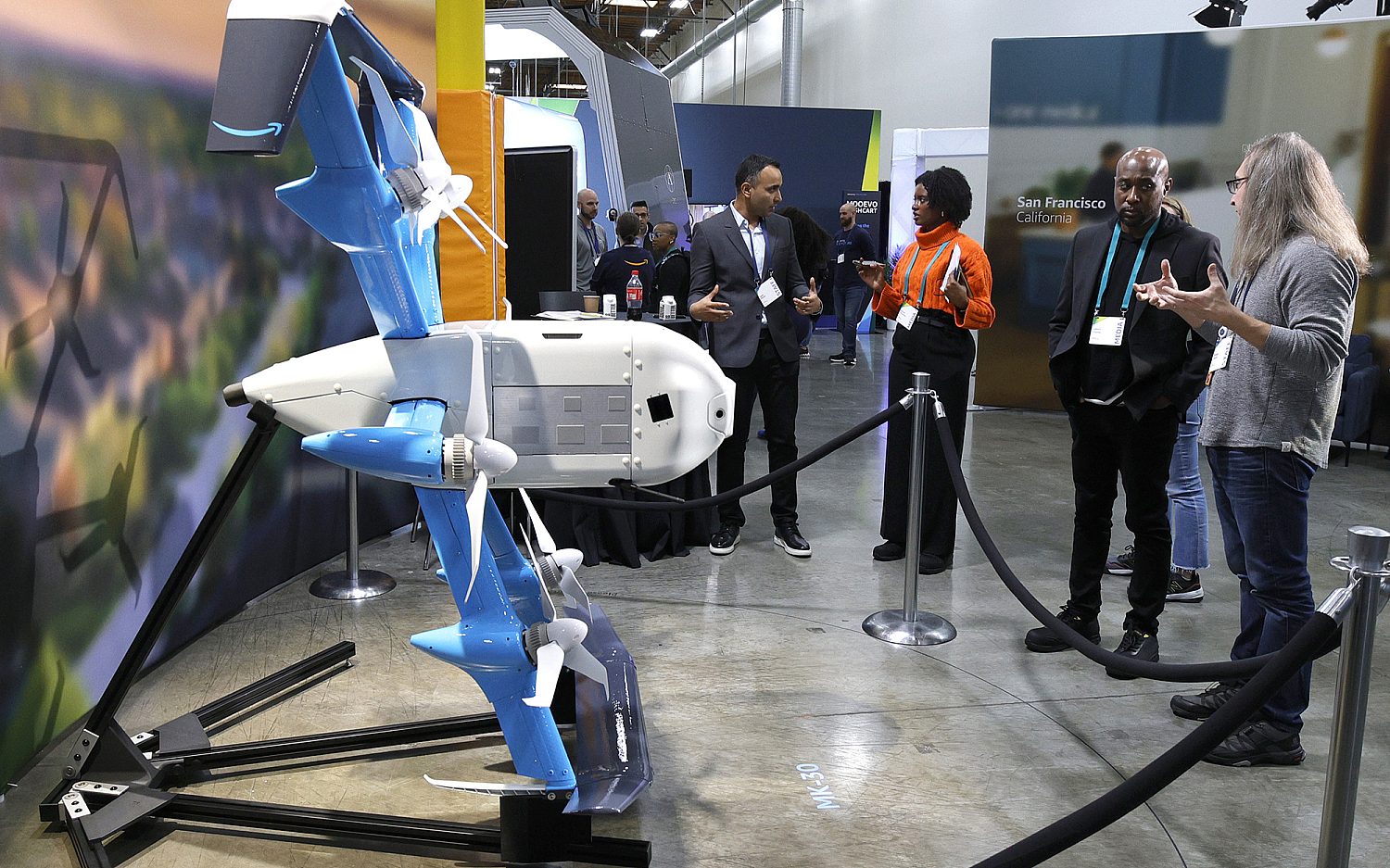Detention for some immigrant kids isn't all bad
Free Internet access. Flat-screen TVs. A hair salon. An all-you-can eat cafeteria. Charter school education. All at a Texas residential facility for migrant children.
Such amenities are not normally associated with illegal migrants in detention centers. The typical American perception of migrants and their current plight is one of being arrested, locked up, and forgotten. But Karnes County Residential Center in Karnes City, Texas, shows that is not the whole story unfolding on the U.S.-Mexico border.
Fifty miles southeast of San Antonio, U.S. Immigration and Customs Enforcement (ICE) has rolled out the “safe, secure, and humane” red carpet: As numbers reached an all-time high for unaccompanied minors and families crossing the U.S.-Mexico border illegally, officials transformed a former all-male detention facility into a housing center for up to 532 women and children. The facility then contracted with a nearby charter school district to start classes.
Rather than being cast as prisoners, the detained migrants are called “residents” and center personnel are not guards but “resident advisers.” Detainees move freely around the grounds.
The nine classrooms and library have security cameras and the 200 kids are almost all from Honduras, El Salvador, and Guatemala. Other than that, the facility looks like many other Texas public schools: The curriculum mirrors bilingual schools across the Lone Star State. And from pre-K to 12th grade, the eight-hour school days begin with the pledge of allegiance—in English—to the Texas and American flags.
But these children and mothers face possible deportation and await upcoming immigration court dates to decide whether they may stay in the Land of the Free.
In the meantime, ball games on an artificial turf soccer field in the courtyard, and an education are part of the compensation for living with uncertain status inside high walls and a 15-foot gate.
“Whether they stay here in the United States or go back to their home countries, they’re here now and they’re learning,” said Enrique Lucero, director of ICE’s enforcement and removal operations in the region. To stop the flow at the source, ICE has arrested 163 foreign traffickers who run the smuggling operations that bring kids to the U.S. border.
Children must remain at the Karnes facility until their individual cases get processed. They will either be deported or released on bond, which then allows them to live anywhere in the United States with family or a sponsor while waiting for their immigration court date—a process the Department of Justice is now accelerating by using video-conferencing.
Even with all they gain at Karnes, the trauma of journeying through Central America to Texas means some kids remain fragile. But socializing and buckling down to study at school, say officials, are a great means of helping them adjust. “Some of them may have missed a lot of school because of having fled,” said Michelle Brane, migrant rights director at the Women’s Refugee Commission in New York.
Residing at Karnes is a blessing, but the majority of migrant kids in border states do not arrive with a parent, so they go through a different process and have less support. Many such unaccompanied minors have been quickly released to relatives living in the United States so they also go to school while awaiting progress on their status.
“We ought to say to these children, ‘Welcome to America. You’re going to go to school and get a job and become Americans,’” said conservative commentator George Will. Speaking on Fox News Sunday in July, Will advocated assimilation of the nearly 60,000 migrant kids, rather than deportation.
Contrary to the popular belief that illegal crossings have never been so numerous, the U.S. Customs and Border Protection agency said in 2014: “Overall border apprehensions have only slightly increased … and remain at historic lows, [but] the apprehension and processing of these children present unique operational challenges.”
The Associated Press contributed to this report.
An actual newsletter worth subscribing to instead of just a collection of links. —Adam
Sign up to receive The Sift email newsletter each weekday morning for the latest headlines from WORLD’s breaking news team.




Please wait while we load the latest comments...
Comments
Please register, subscribe, or log in to comment on this article.